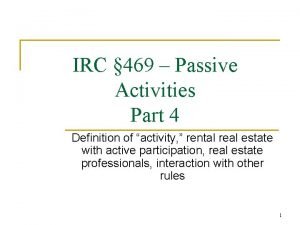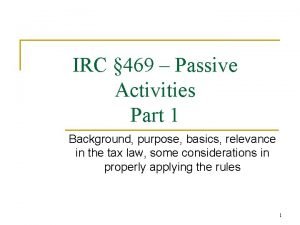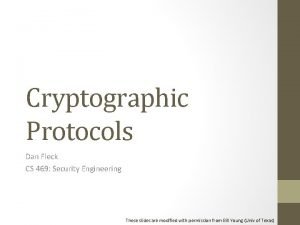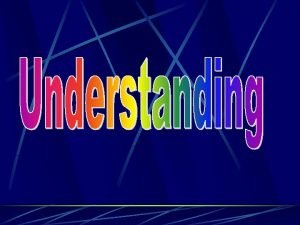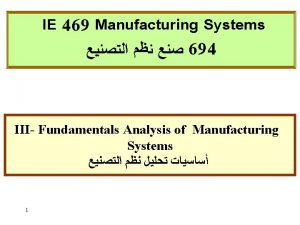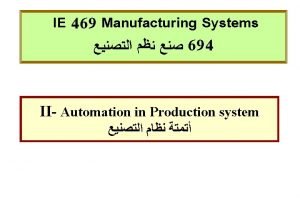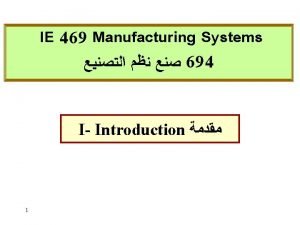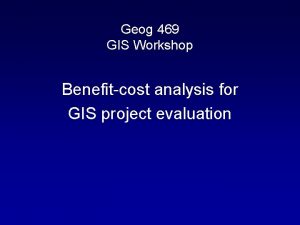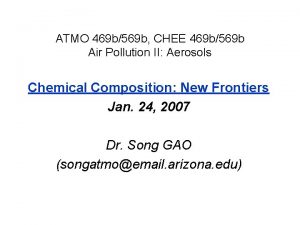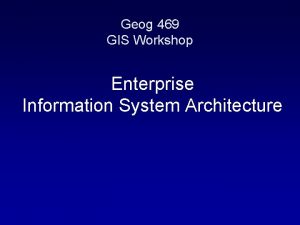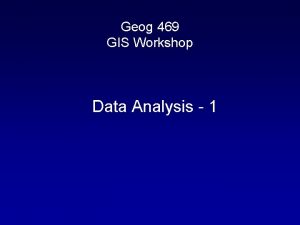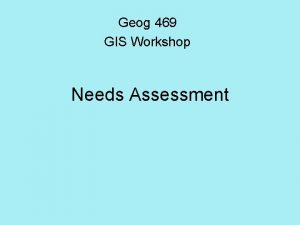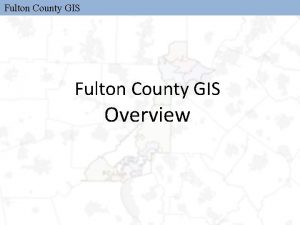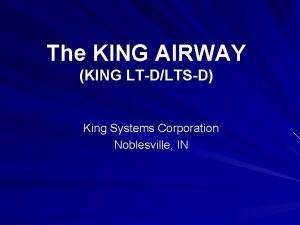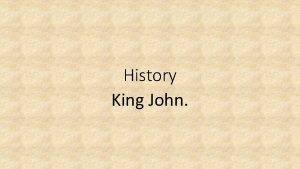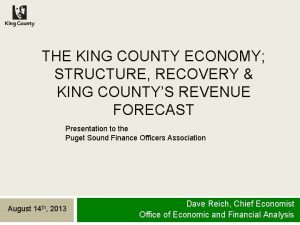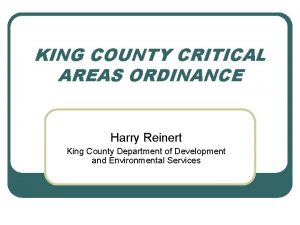Geography 469 GIS Workshop King County GIS Center













- Slides: 13

Geography 469: GIS Workshop King County GIS Center – Wetland Delineation “The Wetlanders” Will Kappes, Latif Ba, Fernand Sanchez

Project Goal/Purpose • Determine main components of Wetland Delineation • Define a concise methodology applicable to further research • Generate an Automated System to define areas of interest • Test Automated System to analyze ‘no significance’ wetlands

Project Methods • NTKQ #1 - What elements define a “wetland”? • NTKQ #2 – What type of vegetation is common in wetland areas? • NTKQ #3 – What types of animal species are found in wetland areas? • NTKQ #4 – What class(es) of hydrology is/are found in wetland areas?

Hydrology Metadata Attribute Field Name Description of attribute WETLNDID Unique Identifier Acreage of Wetland Rating 1(A): Sensitive/outstanding presence of habitat species 1(B): Equal proportion of open water to vegetative cover in dispersed patches 1(C): Wetlands greater than 10 acres-and 3 or more wetland classes, 1 of which is open water 1(D): Presence of plant association (estuaries and bogs) 2: Does not meat wetland criteria 3(A): Low Concern rating. 1 Acre or less in size 3(B): Low Concern rating. Not-Valid wetlands COMM_PLAN One of twelve King County Community Planning Areas in which wetland is located OUTLET_TYP Outlet is point at which surface water leaves wetland. Types include: “none”, “overland defined”, “undefined”, “open channel” and “pipe”. None-wetland closed Overland-has outlet not contained Defined-outlet flows, semi enclosed Undefined-not enclosed, not contained Open Channel-outlet is contained within H 2 O_Qulit Water Quality H 2 O_MVMNT Water Movement Erode Regions of Erosion within King County

Vegetation Metadata Attribute Field Name Description of attribute Tress Tree species name Shrubs Shrub species name Herbs Herb species name Rating 1(A): Sensitive/outstanding presence of habitat species 1(B): Equal proportion of open water to vegetative cover in dispersed patches 1(C): Wetlands greater than 10 acres-and 3 or more wetland classes, 1 of which is open water 1(D): Presence of plant association (estuaries and bogs) 2: Does not meat wetland criteria 3(A): Low Concern rating. 1 Acre or less in size 3(B): Low Concern rating. Not-Valid wetlands WETLNDID Unique Identifier Acreage of Wetland

Animal Species Metadata Attribute Field Name Description of attribute Birds Bird Species Name Mammals Mammal Species Name Fish Species Name Rating 1(A): Sensitive/outstanding presence of habitat species 1(B): Equal proportion of open water to vegetative cover in dispersed patches 1(C): Wetlands greater than 10 acres-and 3 or more wetland classes, 1 of which is open water 1(D): Presence of plant association (estuaries and bogs) 2: Does not meat wetland criteria 3(A): Low Concern rating. 1 Acre or less in size 3(B): Low Concern rating. Not-Valid wetlands WETLNDID Unique Identifier Acreage of Wetland

Model Builder Routine

Project Results • Generated a concise methodology for implementing wetland delineation practices • Generated a way to create Automated System for Wetland Delineation

Before Analysis

After Analysis

Python Script

Conclusions • Developed methodology for identifying wetland areas • Constructed Model Builder Routine for wetland delineation • Allows client to generate automated system to identify areas of interest • Found that ‘no significant’ wetlands contain threatened plant/animal species

Recommendations • Further research into plant/animal species to determine the size/rating schema for their analysis • Use of Raster data to determine wetland areas facing a higher level of threat (i. e. erosion zones) • Focus on smaller zone oppose to entire county
